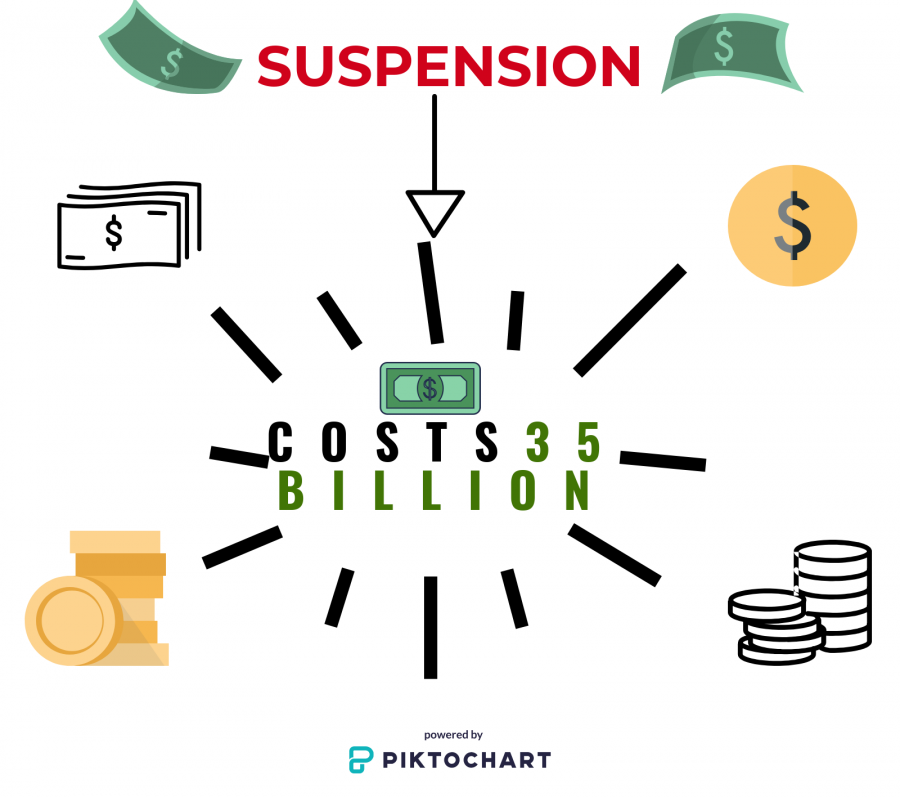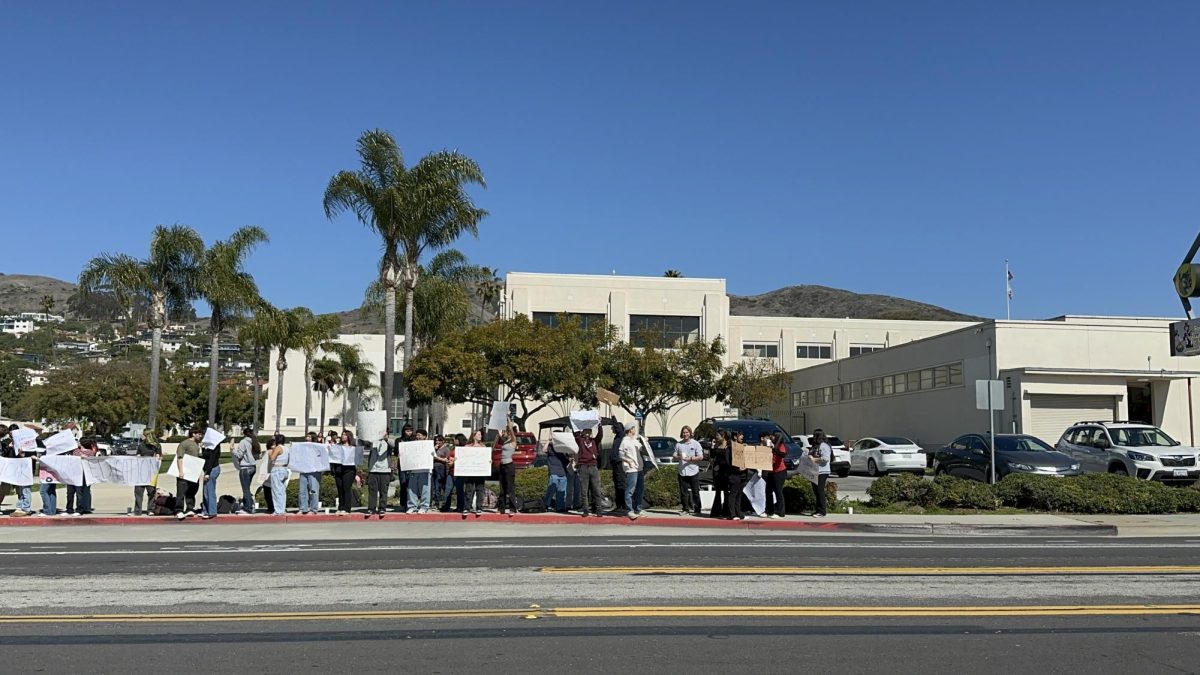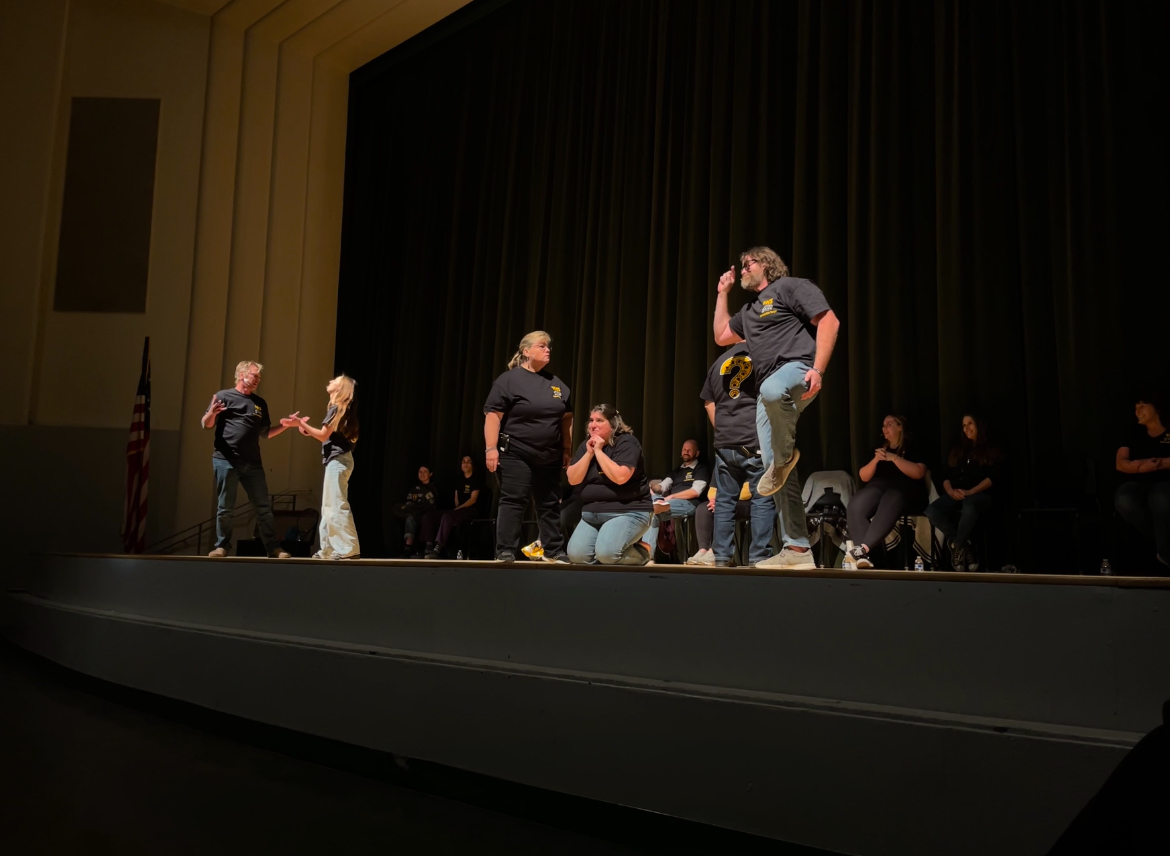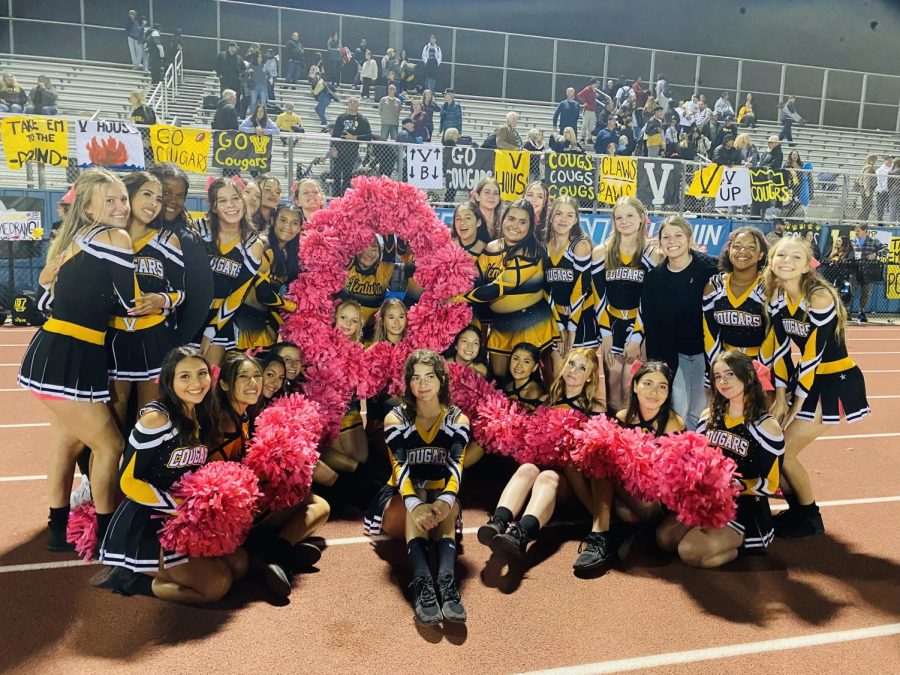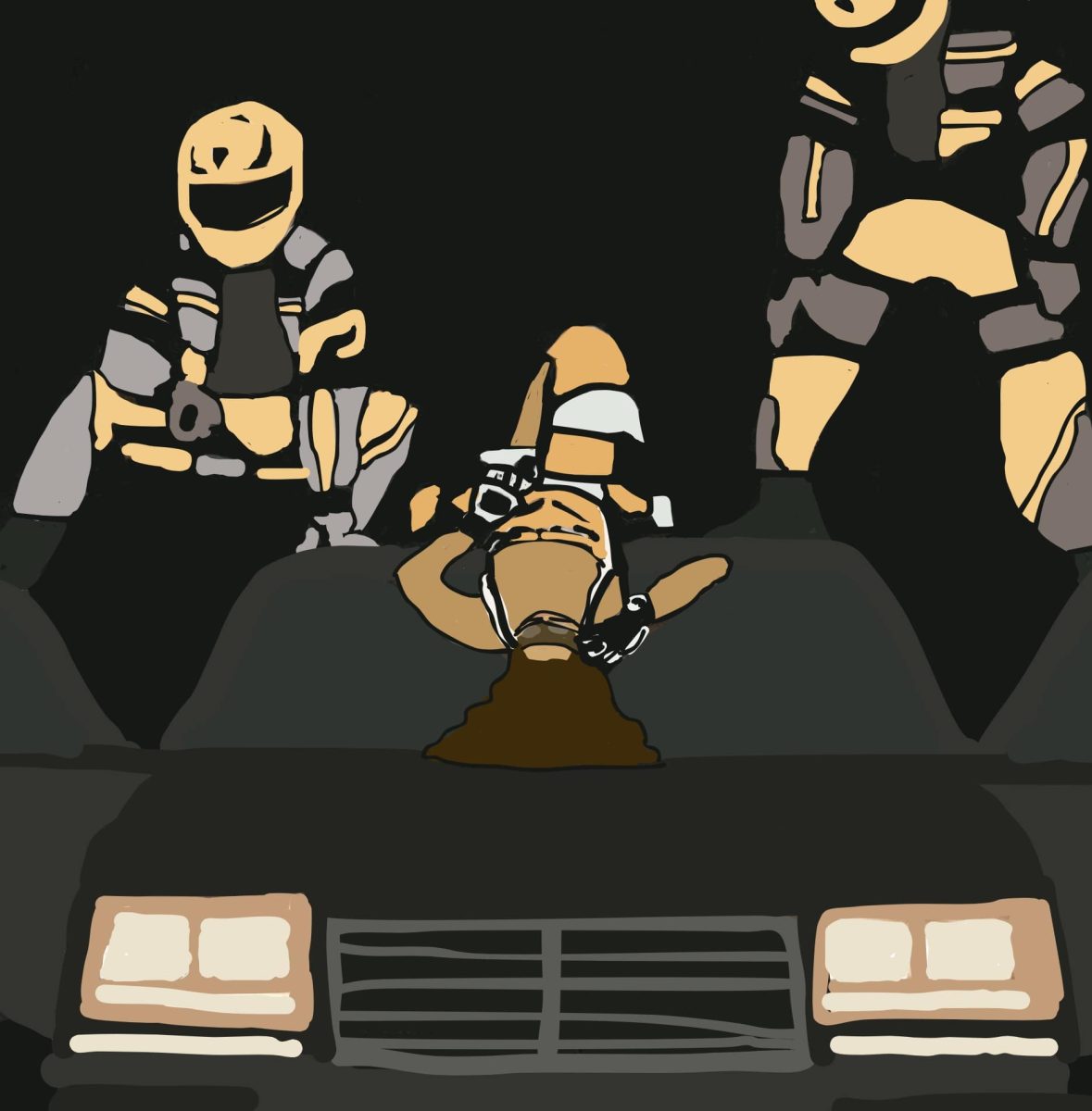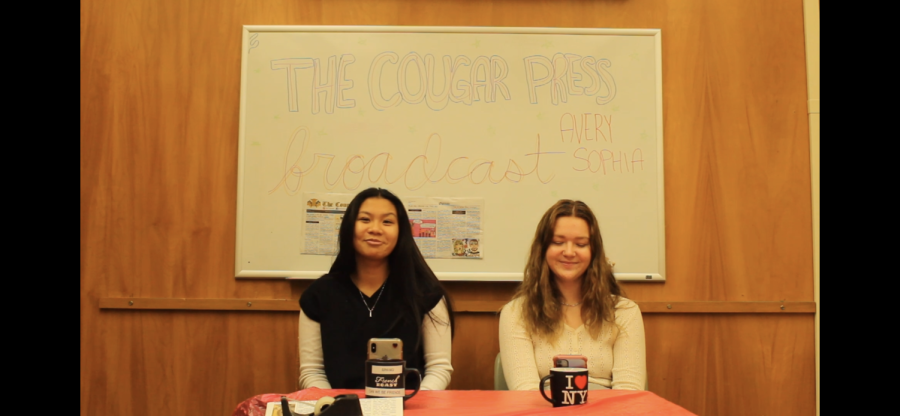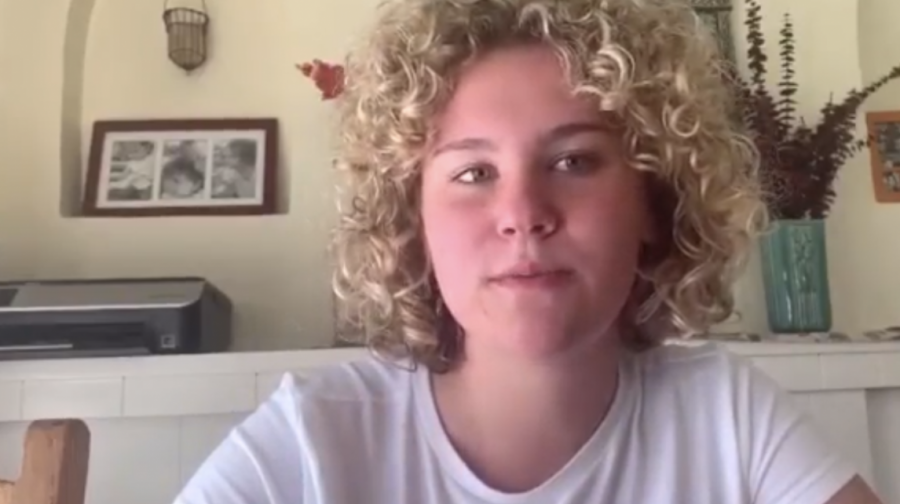For too many years at Ventura High School, the standard disciplinary action for any student– from the ones who have a previously clean record to those who have constantly been in trouble throughout high school– has been suspension. Suspension by definition is temporary removal.
According to Assistant Principal Charles Cornwell, VHS has a zero-tolerance policy, and also uses some aspects of Restorative Justice depending on the circumstances presented. Zero-tolerance approaches include out-of-school suspension, expulsion, and referral to alternative schools, while Restorative Justice methods involve open communication that deals with the direct cause of misbehavior and violations, the site Power to Public Education explains it well.
Even though Restorative Justice is often implemented at VHS, in the end, many kids are still suspended.
When suspended, the student is on a mandatory leave from their classes for as long as the administration deems fit. In other words, school discipline policies can prevent students from accessing their right to an education.
The school punishes the student for the said offense by making the student stay “home” from school; basically, the student is forced to skip their classes, miss the lectures, and potentially become behind in their school work. However, this leave from school doesn’t necessarily mean the student is at home, they could just as easily be out and about engaging in leisure activities or getting themselves in more trouble.
Clearly, this is an ineffective form of “punishment” and results in minimal, if any, reform to the students behaviour.
For example, take two students, one of whom already doesn’t do well academically and may not necessarily want to be at school as it is, and then one who has above average grades and would rather come to school sick than miss their classes. These are two very different students with different needs, so the administration should tailor discipline and assistance to each individual student ratherthan punishing them all the same.
Simply suspending both students results in a lack of education that outweighs the “lesson” that a school administration is attempting to convey.
With that said, we are not proposing in-school suspension either, because there is an element of discussion and lecture that cannot be imitated by sitting in a room with a computer by yourself. The consequences of suspension– in school or out of school– are overwhelming.
“A student who is suspended even once is twice as likely to drop out,” stated teacher Jean Klasovsky in her TEDxTalk on “Restoring our schools through Restorative Justice.”
These suspensions, in turn, cost the nation more than $35 billion annually, from the suspensions to the dropouts, according to NPR.org. So, not only is suspension detrimental to the students and ineffective, it is also costs the nation a high price.
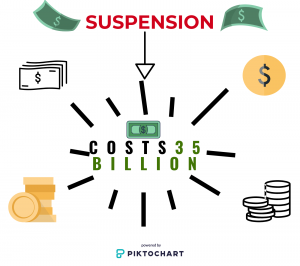
School administrations need a different approach. We have Restorative Justice, but how often do we use it? Students are still suspended. We need more Restorative Justice.
For example, our administration should use more student participation in meaningful community service projects, a good alternative to suspension, according to the resource entitled Power to Public Education.
According to Assistant Principal Charles Cornwell, at VHS “there [are] no community service options in lew of a suspendable offense.”
Rather than stay stagnant, as it has in many ways over the years, the school system should be ever changing, just like the new students who enroll every single year. We don’t want to hear “it’s policy” or “it’s standard” anymore. We want administration to look for new alternatives.
The administration wants to throw a blanket discipline policy over different students with differing offenses out of convenience. The school system is supposed to accommodate our academic needs as students, not accommodate the convenience of the administration.
The only circumstances in which suspension seems to be a plausible course of action is a situation in which a student poses a threat to another student or staff member. However, this suspension on its own will not solve the problem and must be accompanied by other attempts to improve the student’s behavior and boost positive mental and emotional growth.
We realize that this is not an issue that can be solved overnight; suspension has been implemented and accepted in the school system for many years. We also understand that it will take more resources, more time, and more effort from the administration to implement other methods to reform student behavior.
However, we write this article in a strong effort show the administration that it is worth the extra effort to work towards methods of reform that will not simply prevent unruly behavior, but address it and really help students, and maybe even change the course or their high school career and life. Such reform starts with an open mind and setting the “standard” aside.




